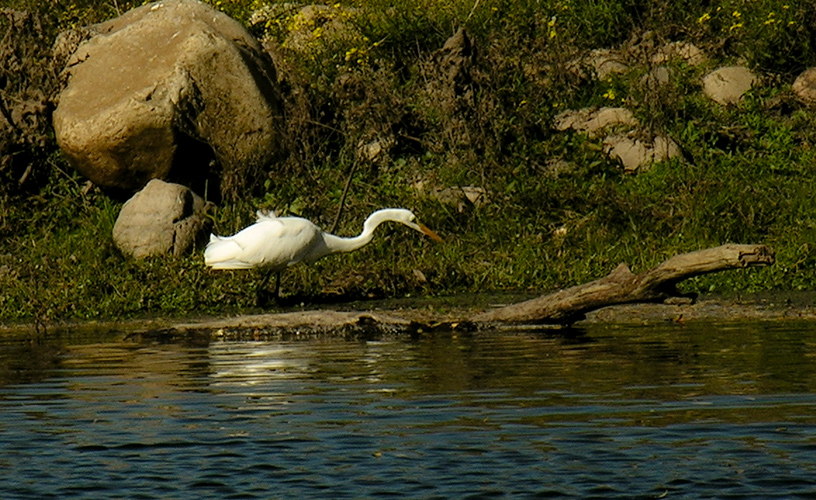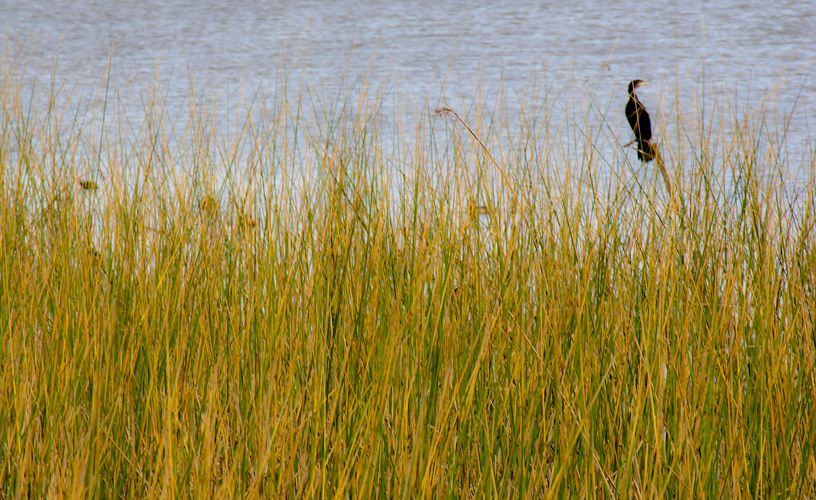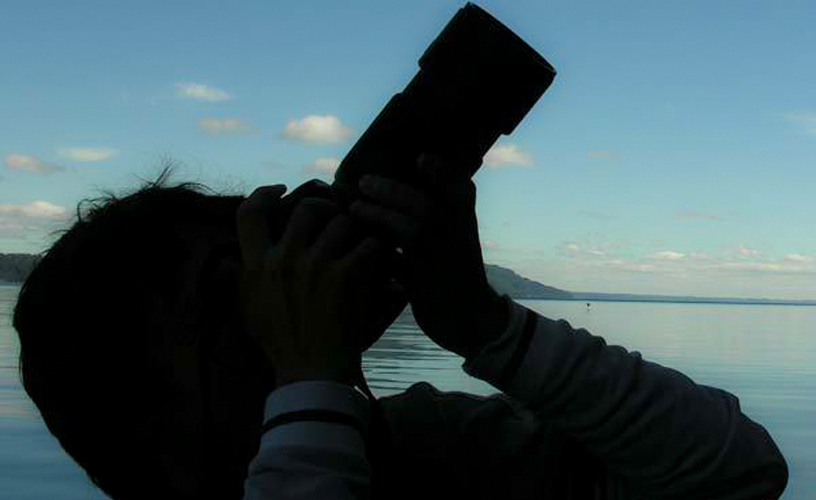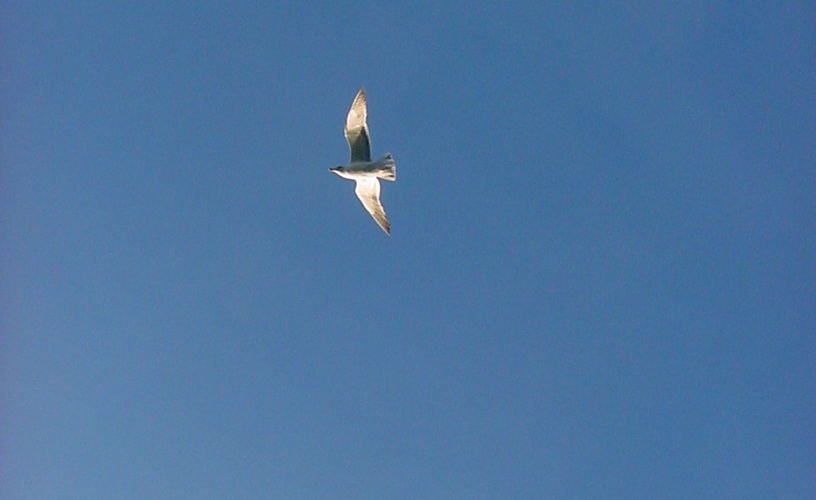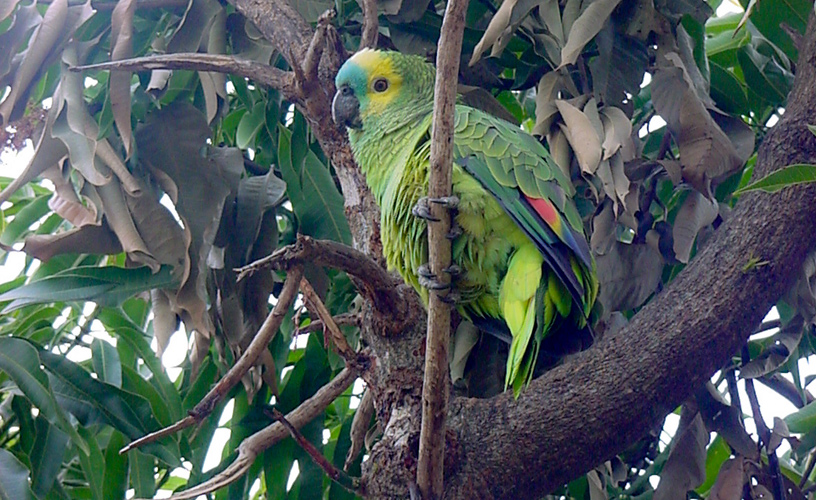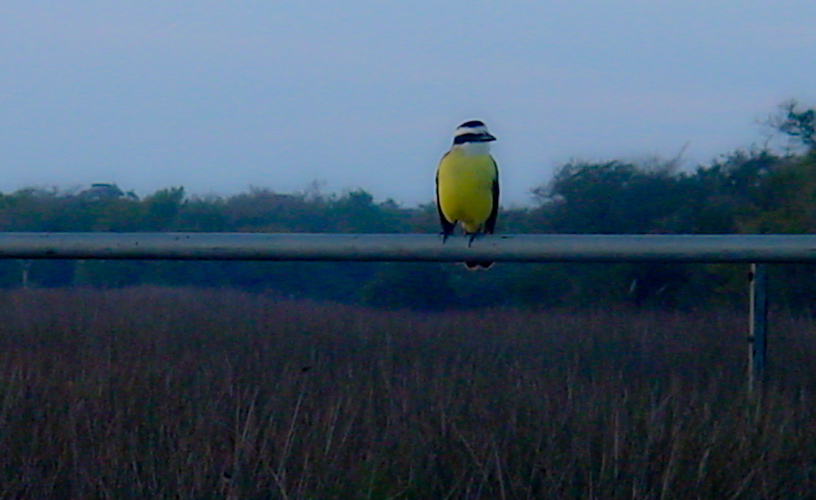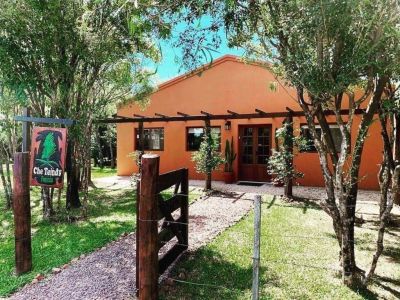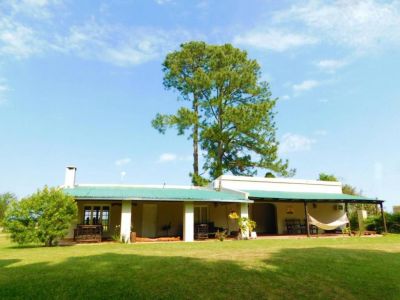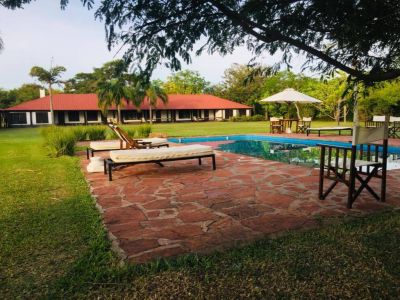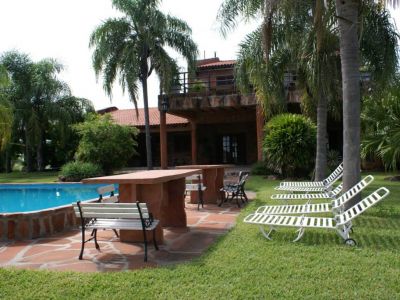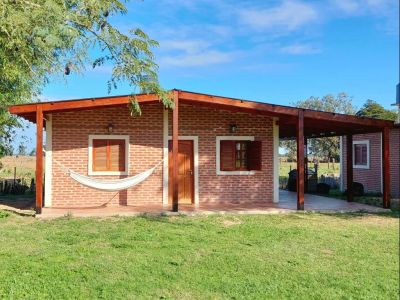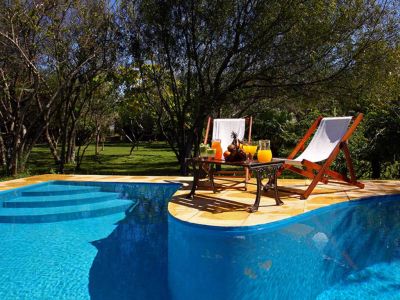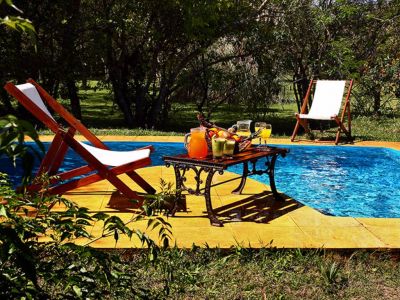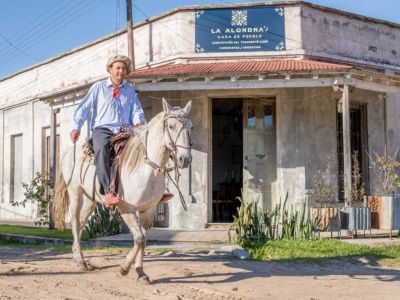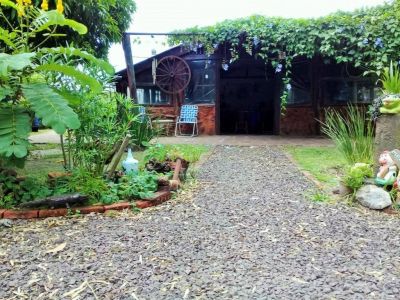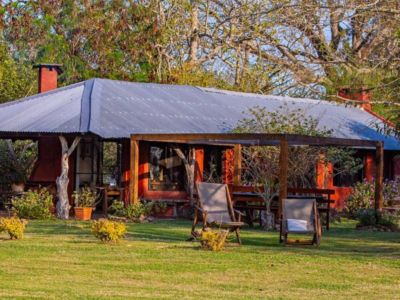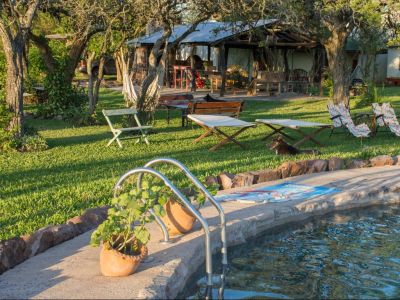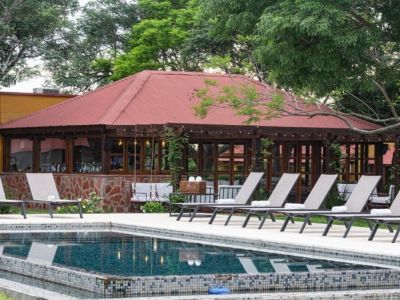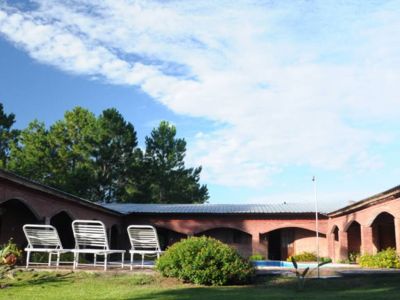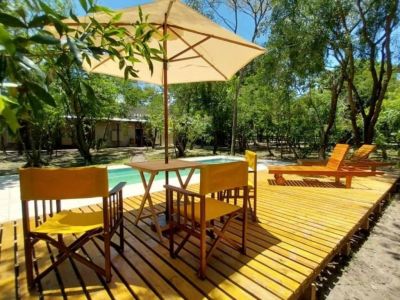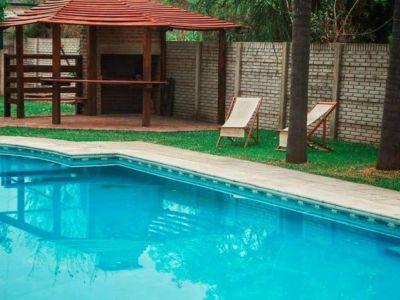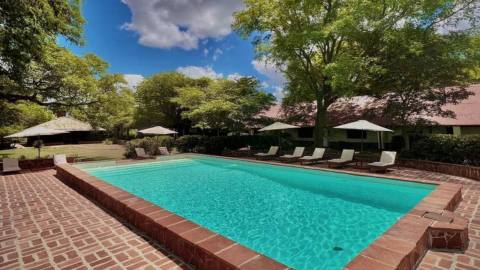Flying is one of the most marvelous dreams man has ever had. But, if we could fly, what bird would we like to be? There are thousands of answers to this simple question which may have encouraged the formation of hundreds of associations all through the planet whose aim is birdwatching. Without harming them, without altering their ecosystem, they are just happy to take a photograph of them as a souvenir. But the most important thing is to find them, to travel thousands of kilometers to understand them, watch them and listen to them. Whether directly or indirectly, birdwatching brings along a passionate admiration for the object of study. An admiration that makes sense in every bird we manage to see, even those which are most difficult to spot.
Birdwatching
Even if they are becoming scarce, there are a few places in the world where the variety of species becomes endless. One does not need to be an ornithologist or belong to any club to realize that the Iberá Wetlands reserve, as well as its surroundings, where the beautiful city of Mercedes stands, is an vast reservoir for birds of several hundreds different names, sizes and colors.
The Carlos Pelegrini reserve is the entrance gate to this world of marshlands and lagoons whose music has always been managed by nature, even if man is around every now and then.
The idea is to get deep into the wetlands, which are practically unspoilt by the presence of man. For such purpose, it is essential that tours are led by qualified guides, locals or experts in the area as well as in the local species.
Pablo Etchevers
Pablo Etchevers
